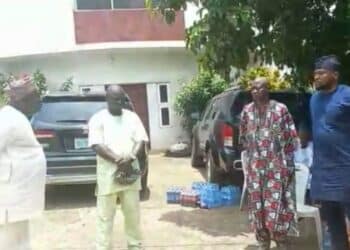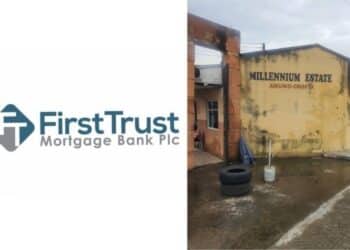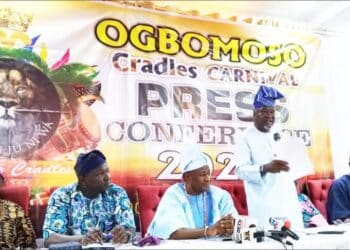Days after the Monday morning downpour that submerged several parts of Lagos, conversations around the incident continue to trigger anxiety among residents, particularly those who were directly affected. For many in the metropolis’s coastal districts, the mere sight of a gathering cloud is now enough to send a chill down the spine.
The fear, unfortunately, is not misplaced. With warnings of more rainfall and the floods they bring, the aftermath of the storm remains a grim reminder of nature’s fury.
Communities such as Aboru in Agbado Oke-Odo Local Council Development Area, Iyana-Ejigbo in the Ejigbo Local Government Area, Adamo in Ikorodu Local Government Area and Oke-Elepe in Ijede LCDA were among the worst hit, with homes, cars and livelihoods submerged.
In addition to grounding economic activities statewide, the storm destroyed property worth millions of naira and rendered roads impassable for hours.
Body of missing child recovered in Ayetoro
Chairman of the Agbado-Oke Community Development Committee (CDC), Mr Ernest Kasunmu, confirmed that a seven-year-old child swept away by the flood was later found dead at Mopo Junction in Ayetoro, Ogun State, four days after the incident.
“This is not the first time we’re seeing this. We have had children go missing and properties lost, but many cases go unreported,” he said.
While acknowledging efforts by the Lagos State government to mitigate the flood’s impact, Kasunmu lamented that current measures fall short.
“In Aboru, around the Erelu River bank, entire communities were underwater. The government dredged the canal last year, but flooding persists every time it rains,” he said.
He cited inadequate desilting, especially along the boundary with Ogun State, as a major issue, calling for consistent dredging of the lower stream that flows into Ogun.
Kasunmu also called for the demolition of buildings constructed along canal paths and urged the government to provide alternatives for those living in flood-prone zones.
“These wetlands are unsuitable for housing. But desperation, driven by hardship and housing scarcity, forces people to build there. Government housing isn’t affordable; it is not low-cost. We need inclusive solutions,” he said.
He further demanded community involvement in government contracts, noting that “in Agbado Oke-Odo LCDA, we are always at the receiving end.”
Poor topography, land grabbers behind Ikorodu flooding
In Ikorodu, the story was just as grim. Alhaji Lukman Shonibare, Secretary of the CDC, pointed to unregulated land sales, blocked drainage channels and poor topography as key culprits.
“Flooding wreaked havoc in Ajegunle and Gberigbe. Even newly constructed roads in Adamo were damaged,” he said.
He blamed unscrupulous land grabbers who sell swampy, lowland plots without drainage provisions.
“There is no plan for water flow. That is why the Gberigbe road project by Governor Sanwo-Olu came as a relief; it included a proper drainage channel,” he noted.











